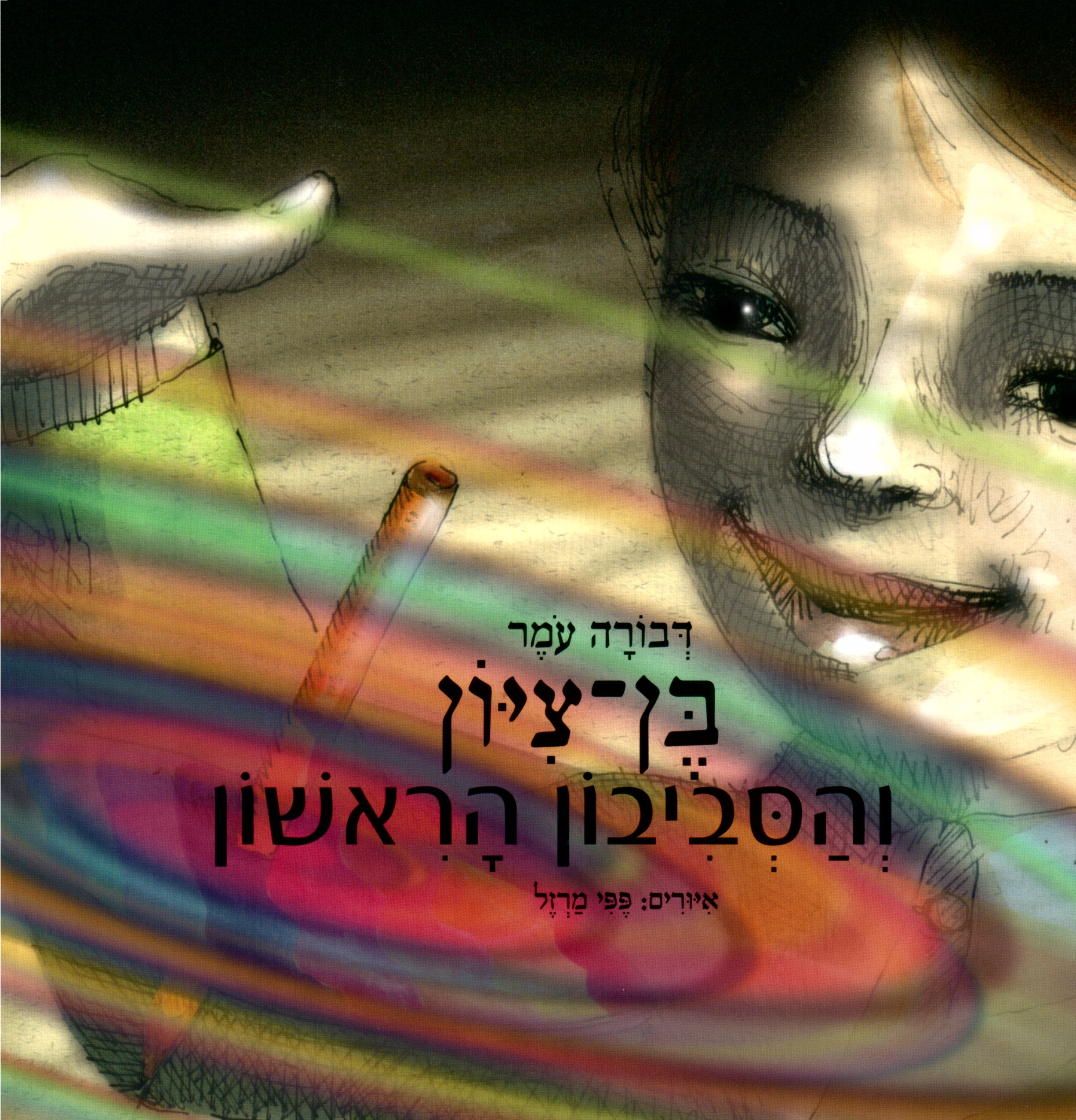Бен Цион и первый сэвивон1
Двора Омер
Многие дети придумывают новые необычные слова, иногда смешные, а иногда остроумные - но в большинстве своем они со временем забываются. Бен Цион, сын Элиэзера Бен-Иегуды, не мог себе и представить, что до сегодняшнего дня мы все будем пользоваться
.названием, которое он дал крутящейся игрушке – сэвивон
Возрождение иврита
Трудно представить себе, что когда-то евреи в Эрец-Исраэль не говорили на иврите в повседневном общении. Когда они хотели купить хлеб в магазине, они просили "бройт" на идише, "хубез" на арабском или "экмек" на турецком, каждый на том языке, который он знал.
Книги меняли в "библиотеке", в Иерусалим ездили на "автомобиле" или на "азино", т.е. на ослике. Каждый говорил на своем языке, и не было общего языка для всех. Иврит был священным языком, языком, на котором молились, учили Тору и пели субботние и праздничные песнопения. И только благодаря настойчивости Элиэзера Бен-Иегуды и некоторых его современников иврит превратился в разговорный язык. "Единства народа никогда не достичь, если евреи не будут говорить на общем для всех языке." (Элиэзер Бен-Иегуда, из статьи в журнале
.(."Хавацелет", № 26-28, 1882 г
Элиэзер Бен-Иегуда (1858-1922) родился в Литве в семье хасидов. В
юности он проникся идеей, что иврит должен стать национальным языком, и на нем должны говорить и создавать произведения. Идея возрождения иврита воодушевила Бен-Иегуду, и он решил посвятить ей жизнь. И действительно, он приехал в Эрец-Исраэль в 1881 году и всю дальнейшую жизнь занимался возрождением языка: печатался в литературном журнале "Хавацелет", издавал ежедневную газету "Ха- Цви" и дело своей жизни подытожил в большом словаре, который так
."и был назван "Словарь Бен-Иегуды
Занятия в кругу семьи
- .1Бен Цион придумал название "сэвивон" для крутящейся игрушки. Наши дети тоже могут давать ивритские названия своим игрушкам! Постарайтесь вместе подумать, как можно назвать на иврите такие домашние игры, как лего, флаймобиль, домино или любые другие игры, у которых еще нет ивритских названий. Мы будем рады, если вы пришлете нам ваши идеи и предложения!
- Взрослые тоже продолжают учить новые слова. Если вы прочитали или услышали недавно новое слово на иврите, можно рассказать о нем детям и спросить у них, какие новые слова они узнали.
- Игрушки, с которыми играл Бен Цион, отличаются от тех игрушек, с которыми наши дети играют сегодня. У вас есть возможность рассказать детям об игрушках, которые вы любили и с которыми играли в детстве.
- Можно сделать точно такой сэвивон, какой сделала Двора, мама Бен Циона. Возьмите старый диск или приготовьте круг из картона и покрасьте его красивыми цветами. Вставьте карандаш в дырочку посередине – и вот вам первый сэвивон, с которым
играл Бен Цион.
- Маленький сэвивон доставил одинокому Бен Циону много радости в трудное время. Зима – это особенно подходящее время для семейного общения дома. Можно организовать семейный вечер и вместе провести время за простыми играми и с простыми игрушками, как это было во времена Бен Циона.
- Сэвивон – "дрейдл" на идиш, "юла" или "волчок" на русском языке





